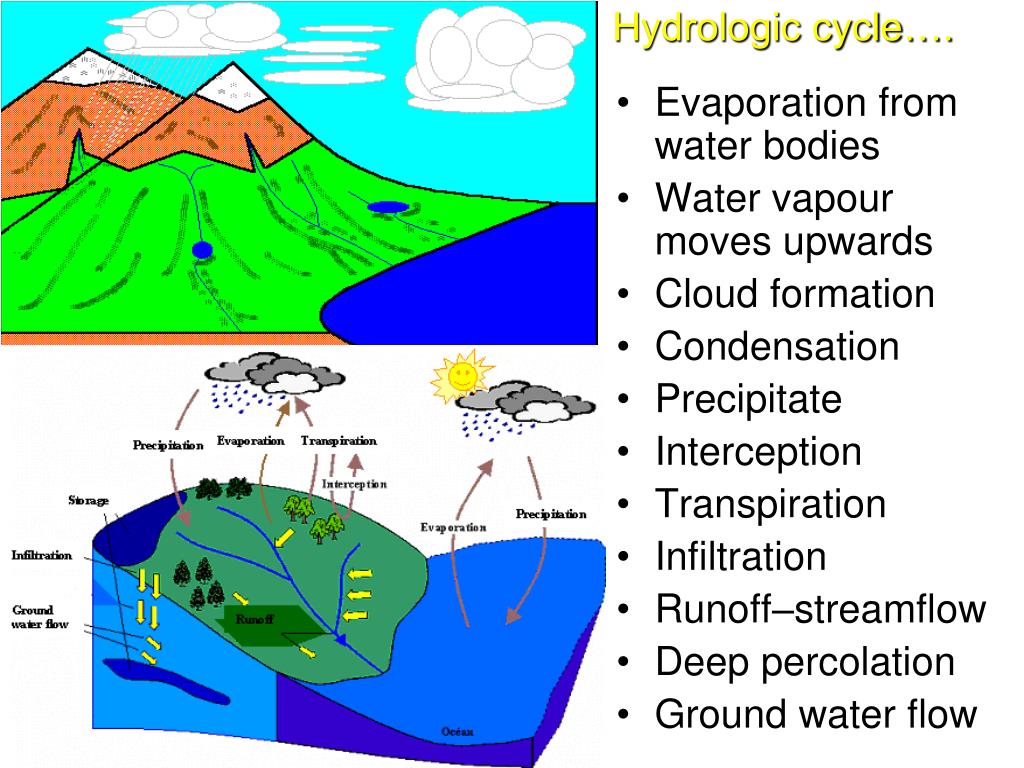
seepage erosion, and degradation of an ice-cored moraine dam ( Reference Clague and EvansClague and Evans, 2000 Reference Richardson and ReynoldsRichard-son and Reynolds, 2000)). Numerous processes have been identified as contributing to the degradation of terminal or lateral moraines (e.g. Very little is known about subsurface structure or internal processes of the moraine dam, which are factors strongly influencing lake evolution and stability. Reference Allen, Owens and SirgueyAllen and others, 2008 Reference Bolch, Buchroithner, Peters, Baessler and BajracharyaBolch and others, 2008). Reference Watanabe, Kameyama and SatoWatanabe and others, 1995) and on satellite imagery (e.g. Recent focus has been on reconstructing lake expansion from archival ground-based or aerial photographs (e.g. At present, however, predicting where or when significant hazards will develop is not possible. Moraine-dammed lakes can attain hazardous volumes over relatively short time frames, putting increasing strain on the often unconsolidated moraine dam ( Reference Clague and EvansClague and Evans, 2000). More recently concerns have also been raised as to their role in water availability issues ( Reference Masetti, Diolaiuti, D'Agata and SmiragliaMasetti and others, 2009 Reference Langston, Bentley, Hayashi, McClymont and PidliseckyLangston and others, 2011). Their presence can pose significant outburst hazards, as well as impacting upon glacier mass balance and the local hydrological system ( Reference Bajracharya, Shrestha and RajbhandariBajracharya and others, 2007 Reference RöhlRöhl, 2008 Reference McClymont, Roy, Hayashi, Bentley, Maurer and LangstonMcClymont and others, 2011). In high-mountain environments glacial lakes are becoming increasingly common as a result of accelerating glacier mass loss.

Since spatio-temporal patterns of subsurface water flow critically affect the strengths of moraine sediments, such methods promise to be powerful in assessing the long-term stability of moraine-dammed glacial lakes. Integrated electrical geophysical methods thus provided an inexpensive and unobtrusive evaluation of the hydrological properties of and processes within the moraine complex. These electrical signatures are consistent with those generated by water seepage through earth dams in various non-glacial settings. The residual streaming-potential map is consistent with Darcian flow of lake waters through the moraine complex, characterized by a negative-to-positive potential change from +70 mV. SP data were corrected for spatial changes in the thickness of the upper unsaturated layer using principles of electrography.

#Hydrological processes free#
Our ERT data reveal a continuous free surface within the complex, whose morphology reflects the topography of the moraine complex akin to unconfined groundwater aquifers. This complex separates two meltwater lakes characterized by an efficient subterranean hydraulic connection. We integrate electrical resistivity tomography (ERT) with electrical self-potential (SP) and lake-level measurements to investigate the structure of, and hydrological processes within, a moraine-dam complex adjacent to Miage glacier, Italy. Moraine dams can be inherently unstable, but effective assessment strategies remain poorly identified.


 0 kommentar(er)
0 kommentar(er)
